ICP-OES ionises argon gas by means of a high-frequency device, creating a plasma torch with a temperature of up to 10,000k. The excitation produces different emission spectra and the quantitative determination of trace elements is carried out according to this principle. The device has a unique intelligent spectral combination (DSC) technology that enables simultaneous horizontal and vertical measurements. The ICP-OES can analyse 78 elements with high precision, low relative standard deviation and a wide quantitative range, from the ppb level to the percentage level. Due to the extremely high plasma temperature, there are few chemical interferences. It is suitable for the analysis of trace elements and some non-metallic elements in food, environment and metals. It is also possible to test samples with organic solvents in the matrix or to test organic samples such as oils directly.
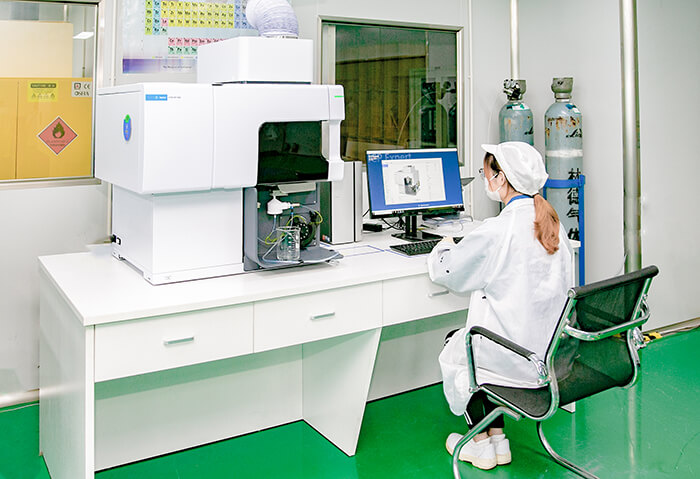
The direct reading spectrometer is suitable for the quantification of constituent elements and trace elements of impurities in base metals and alloys of various solid metals such as steel, Al, Mg, Cu, Zn, Sn and Ti. It is applied to the smelting industry of these metals and the mechanical processing industry for engineering management analysis, raw material acceptance and product factory identification analysis, etc. The equipment is characterised by: 1. simultaneous detection of multiple elements; 2. fast analysis; 3. high accuracy; 4. the wavelength range of the equipment is 130nm~500nm and the detection limit of various metal impurities can be up to 10ppm.
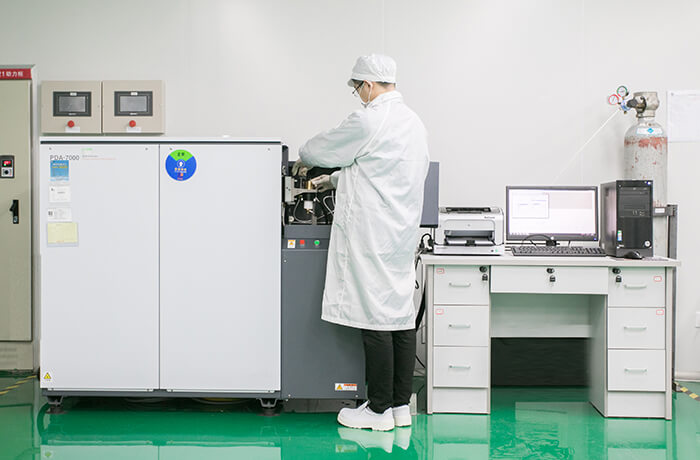
Glow discharge mass spectrometer (GDMS)
Glow discharge mass spectrometry (GDMS) is a direct analysis technique for solid samples and is widely used for the analysis of trace and ultra-trace impurities in metals, semiconductors and other materials. With improved sample preparation methods and ion source devices, GDMS is also well suited to the analysis of non-conductor materials such as glass, ceramics and oxide powders. The characteristics of this analytical instrument are: i. A wide range of detection limits from Sub-ppm-ppb, allowing direct analysis of solid samples in various forms, avoiding possible sample preparation contamination. And it can determine all elements in the periodic table, including C, N, O and other light elements; ii. High analytical sensitivity and low detection limits, down to 0.1-0.001ng/g for most metal elements; an effective method for impurity composition analysis of high purity materials.
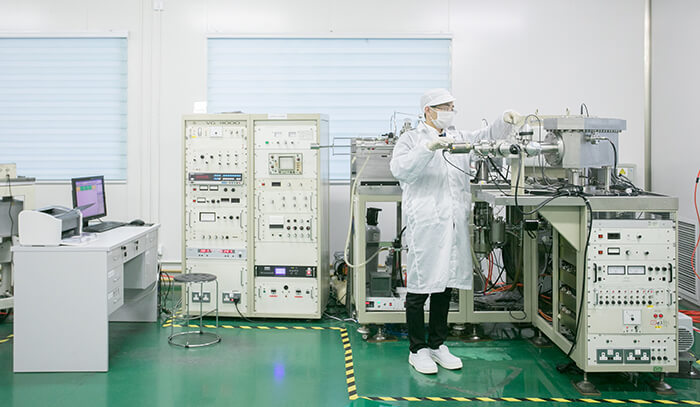
The Liquid Particle Counter (LPC) is a leader in quality control and research applications in the field of particle counting. When particles in a liquid pass through a narrow detection zone, they are blocked by insoluble particles and the output signal of the sensor changes. This principle allows the LPC to accurately detect the number of particles in the sample to be tested. The precision and controlled flow rate of the LPC can handle the full range of sample volumes, from 1 ml to greater than 1000 ml; the wide detection range, with interchangeable sensors, enables the detection of the smallest samples in the industry, from 0.5 μm to 600 μm; the LPC is also simple to operate and easy to sample, and is widely used in pharmaceutical grade research testing and in the detection of insoluble matter in metals. The LPC is easy to operate and easy to sample, and is widely used in pharmaceutical grade research and in the detection of insoluble materials in metals.
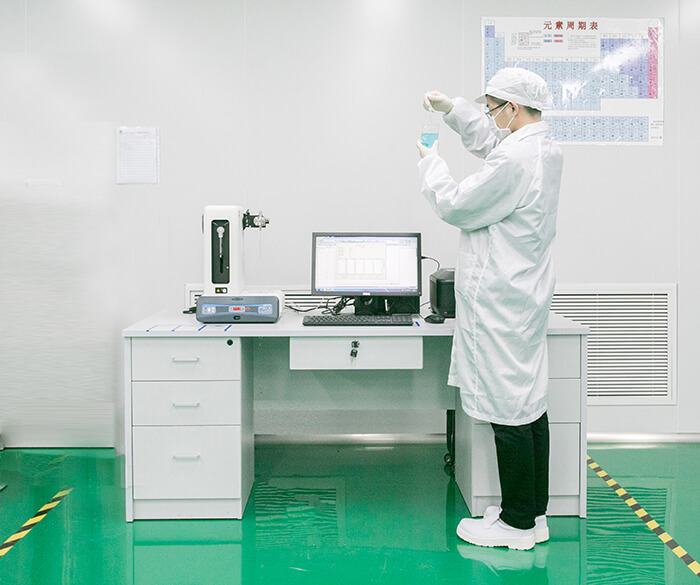
In the semiconductor field, the magnetron sputtering coating process is exceptionally sensitive to the gases and inclusions contained in the target material, as gases and inclusions can lead to abnormal plasma discharge and microscopic particle ejection, destroying and degrading the quality of the sputtered film and leading to an increase in film defects. Our company has three gas analysers of the latest model from LECO, CS844, ON836 and RHEN602, which can be used for the detection of gaseous elements in high purity metal materials. The advantages of the three analysers are 1. fast analysis 2. high accuracy 3. low detection limits for gaseous elements, up to 1ppm for CSON and 0.1ppm for H 4. high automation configuration, automatic cleaning device, plus touch screen analysis interface and flexible software for reworked samples, no need to re-enter specimen identification etc.
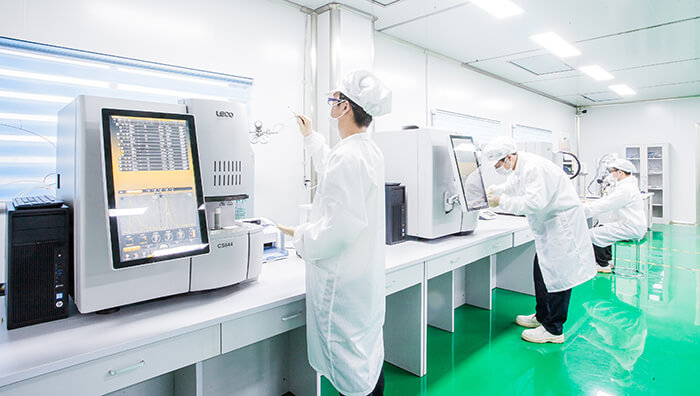
Scanning electron microscopy mainly uses secondary electron signal imaging to observe the surface morphology of metallic or non-metallic materials. The instrument has no restrictions on the size and shape of the sample and can directly observe the original surface of large specimens, rough surfaces can also be observed, eliminating the need to prepare samples, and can truly observe the different lining degrees of the material composition of the specimen itself. The depth of field is large and can be used to observe material fractures and the resulting images are three-dimensional, allowing more detailed information to be obtained. The large space of the sample chamber allows the specimen to move in three degrees of freedom (i.e. three degrees of translation and three degrees of rotation).
OxfordEDX is based on the excitation of the inner electrons by incident electrons, producing characteristic X-rays for the qualitative analysis of elemental species and content. The characteristics of the technique are: 1. rapid, "preliminary" compositional analysis; 2. versatile, inexpensive and widely available; 3. quantitative analysis of certain samples (flat, polished and homogeneous).
The main feature of the Oxford EBSD is sub-micron diffraction at spatial resolution while retaining the conventional features of a scanning electron microscope. In a scanning electron microscope (SEM), a beam of electrons incident on the sample interacts with the sample to produce diffraction on the regularly arranged lattice faces within each crystal or grain. The diffractions from all atomic planes form a "diffraction pattern" that can be used for EBSD phase identification. The EBSD technique is used to detect grain orientation, orientation differences, analysis of grain boundary properties, 3D tissue reconstruction by means of lamellar cutting, grain internal orientation gradients, etc., as well as extended applications related to the Kikuchi pattern, such as defect density evaluation, physical phase analysis, etc.
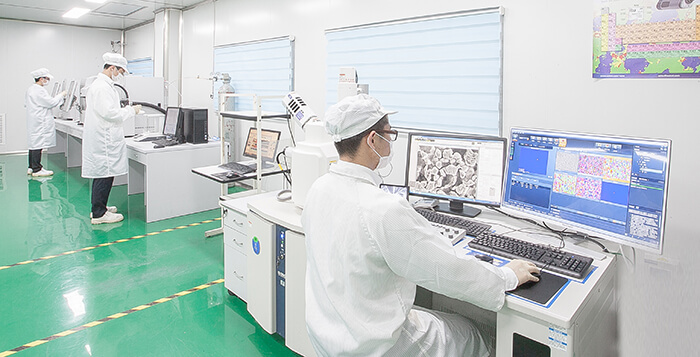
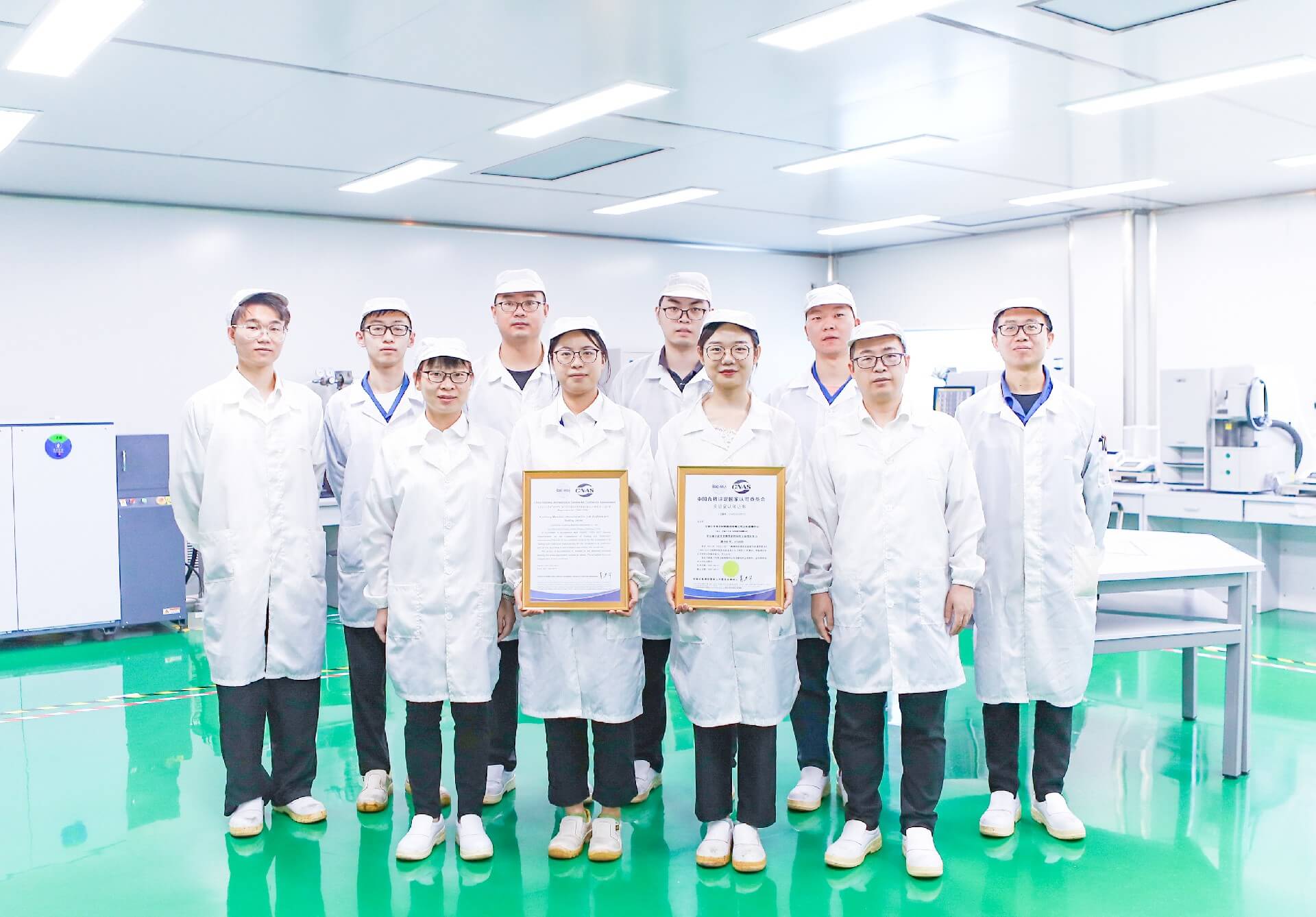
KFMI Analysis and Testing Centre receives CNAS accreditation
Our Material Analysis and Testing Centre can undertake bulk product testing and experimental analysis for universities and colleges
Welcome to consult with our customers!
Contact: Mr. Wen
Tel: 86-13958321670
HIP service
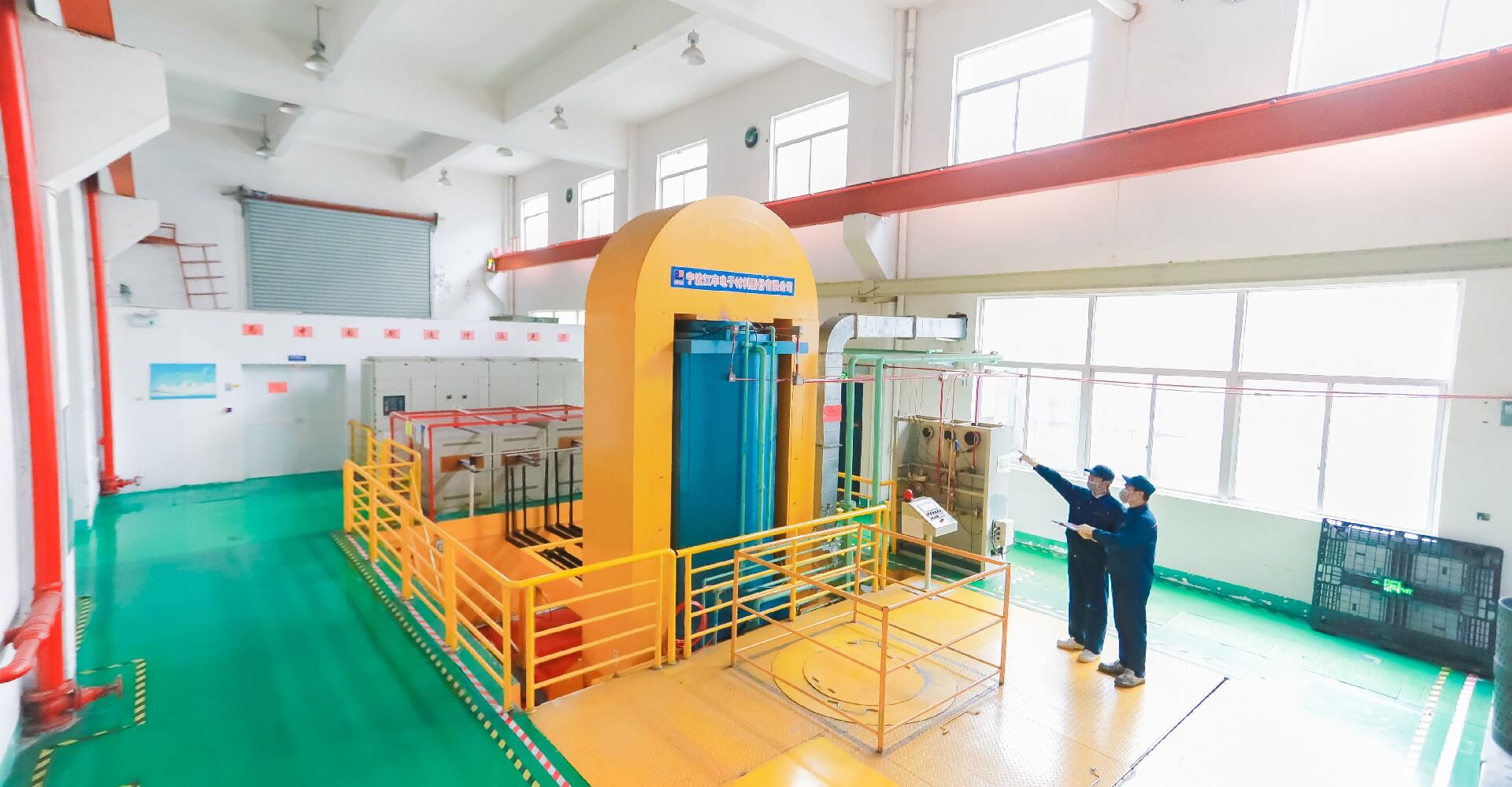
Equipment name: large HIP
Max. pressure: 130Mpa
Max. temperature: 1400 ℃
Diameter of working chamber: 750mm
Chamber height: 1500mm
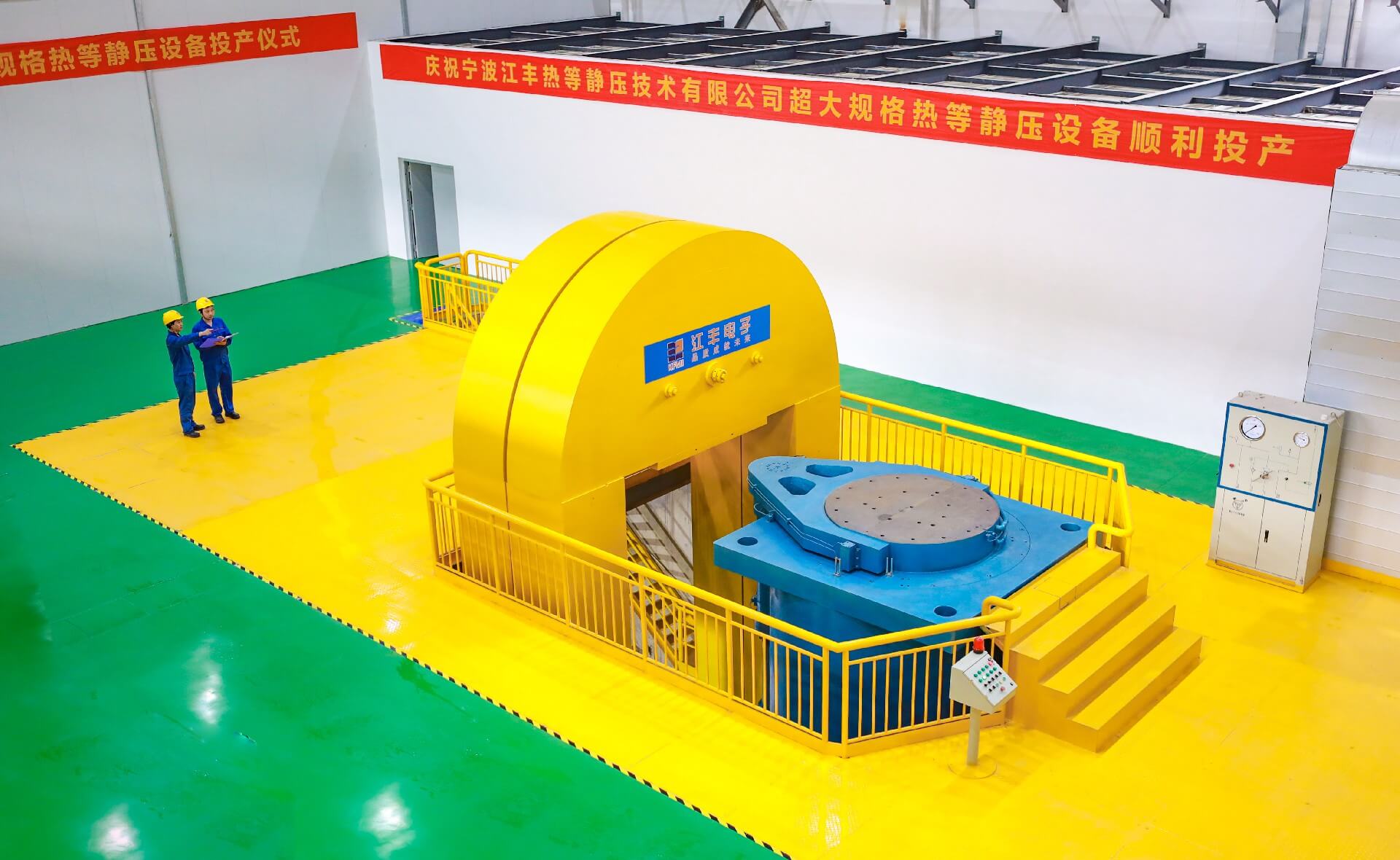
Equipment name: super large size HIP
Max. pressure: 200MPa
Max. temperature: 1400 ℃
Diameter of working chamber: 1250mm
Chamber height: 4400mm
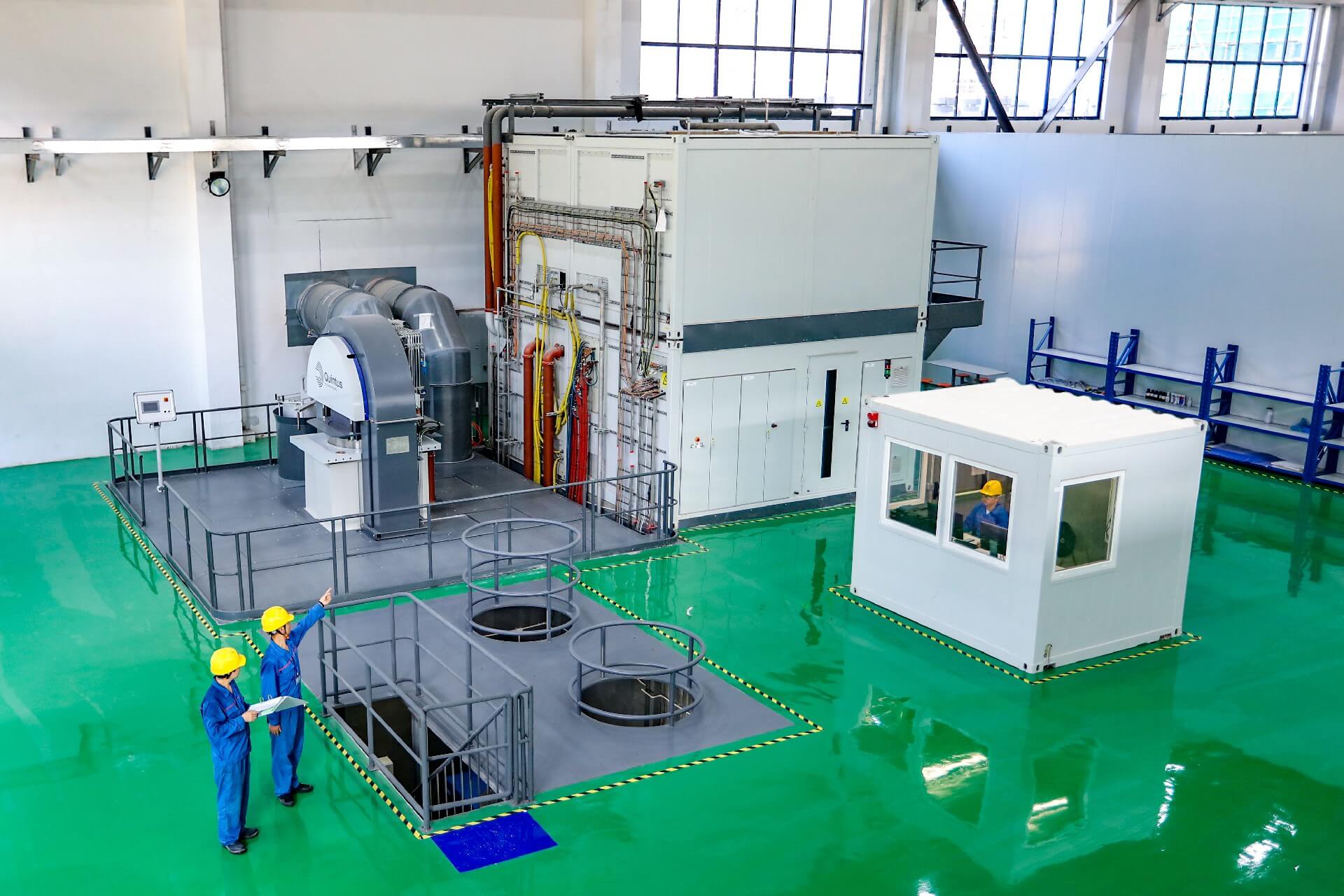
Equipment name: super double 2000 HIP
Max. pressure: 200MPa
Max. temperature: 2000 ℃
Diameter of working chamber: 770mm
Chamber height: 1700mm
Our HIP and vacuum hot press sintering furnaces are available for batch production and for experimental production at universities and colleges
Welcome to consult with our customers!
Contact: Mr. Cao
Tel.: 86-15724286286
DMU 5-axis machining centres
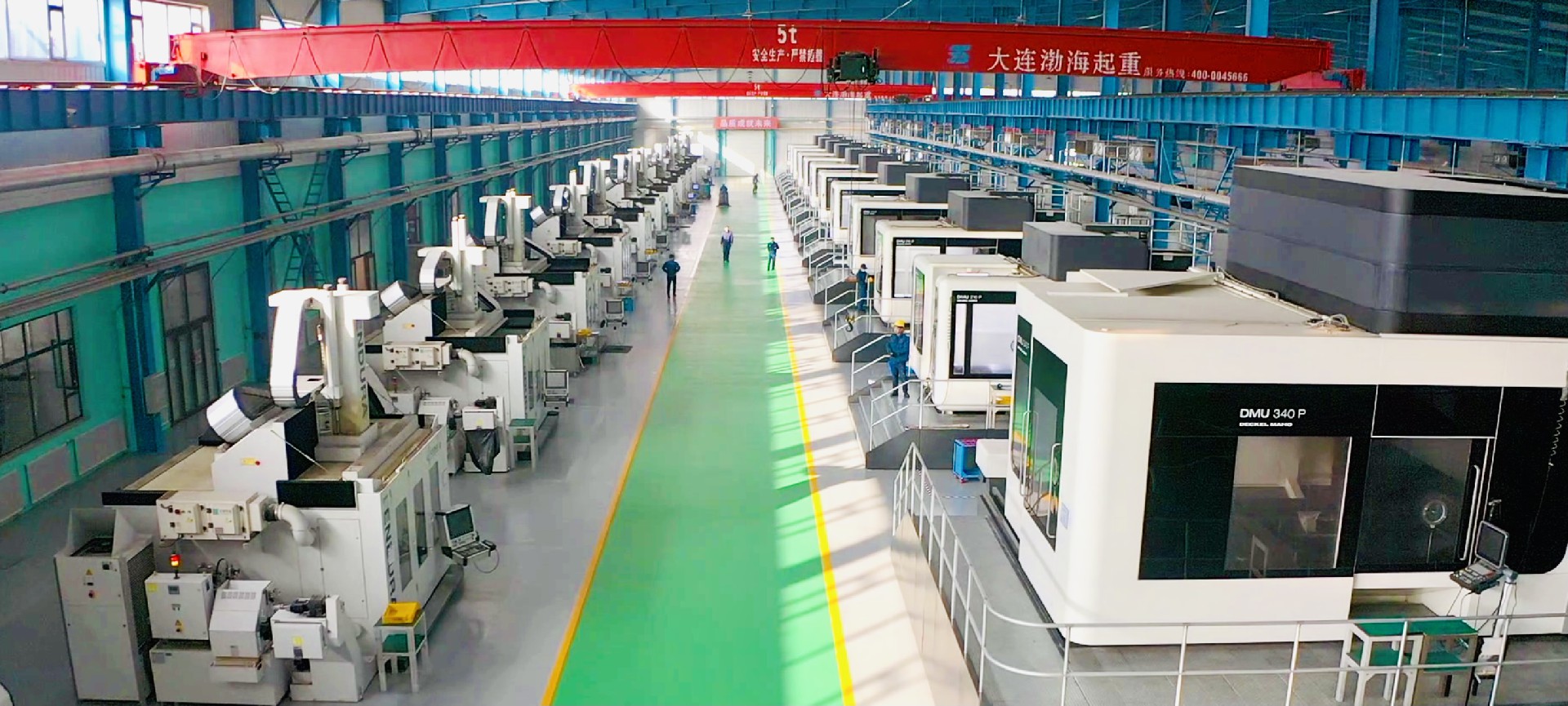
Max. stroke: 6000mm
Max. load capacity: 25 tons
Max. revolutions: 10000 rpm
Max. feed speed: 60m / min
FOOKE 5-axis machining centres

Max. stroke: 2000mm
Max. load capacity: 10 tons
Max. revolutions: 24,000 rpm
Max. feed speed: 65 m/min
PARPAS 5-axis machining centres
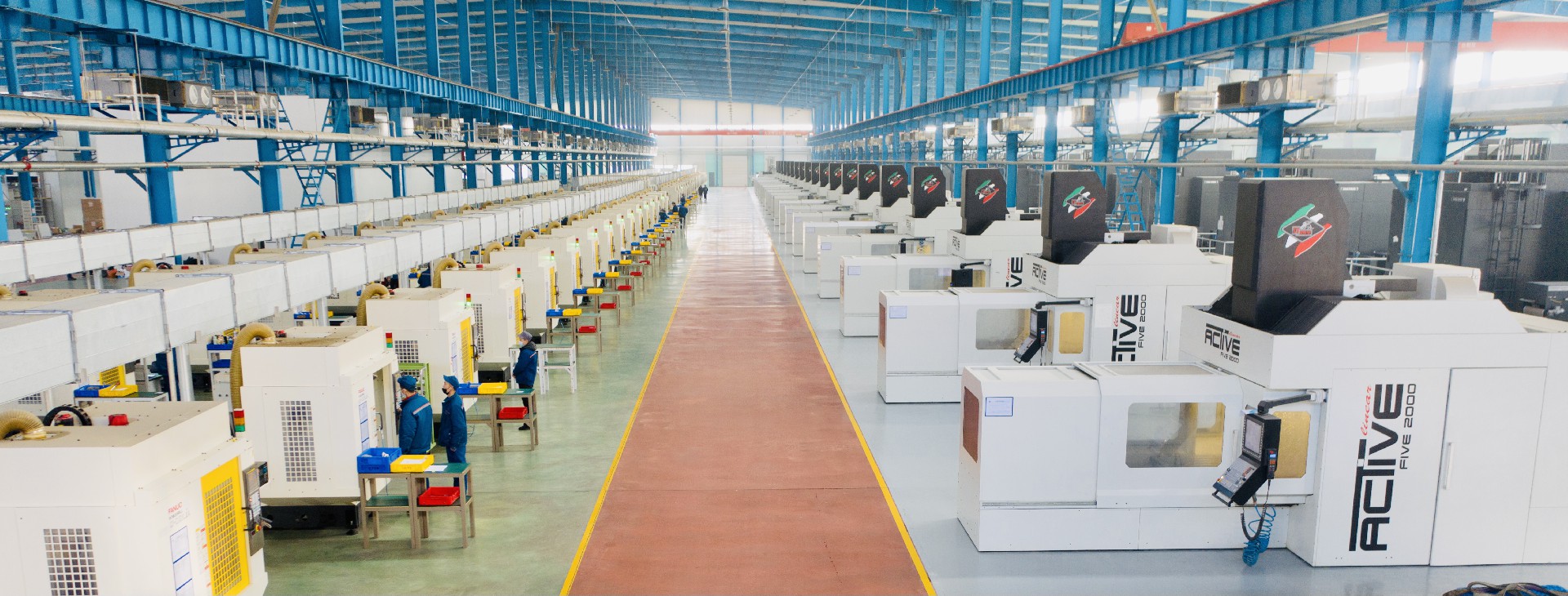
Max. stroke: 2000mm
Max. load capacity: 5 tons
Max. revolutions: 24,000 rpm
Max. feed speed: 65 m/min
FANUC 3/4/5 axis machining centres
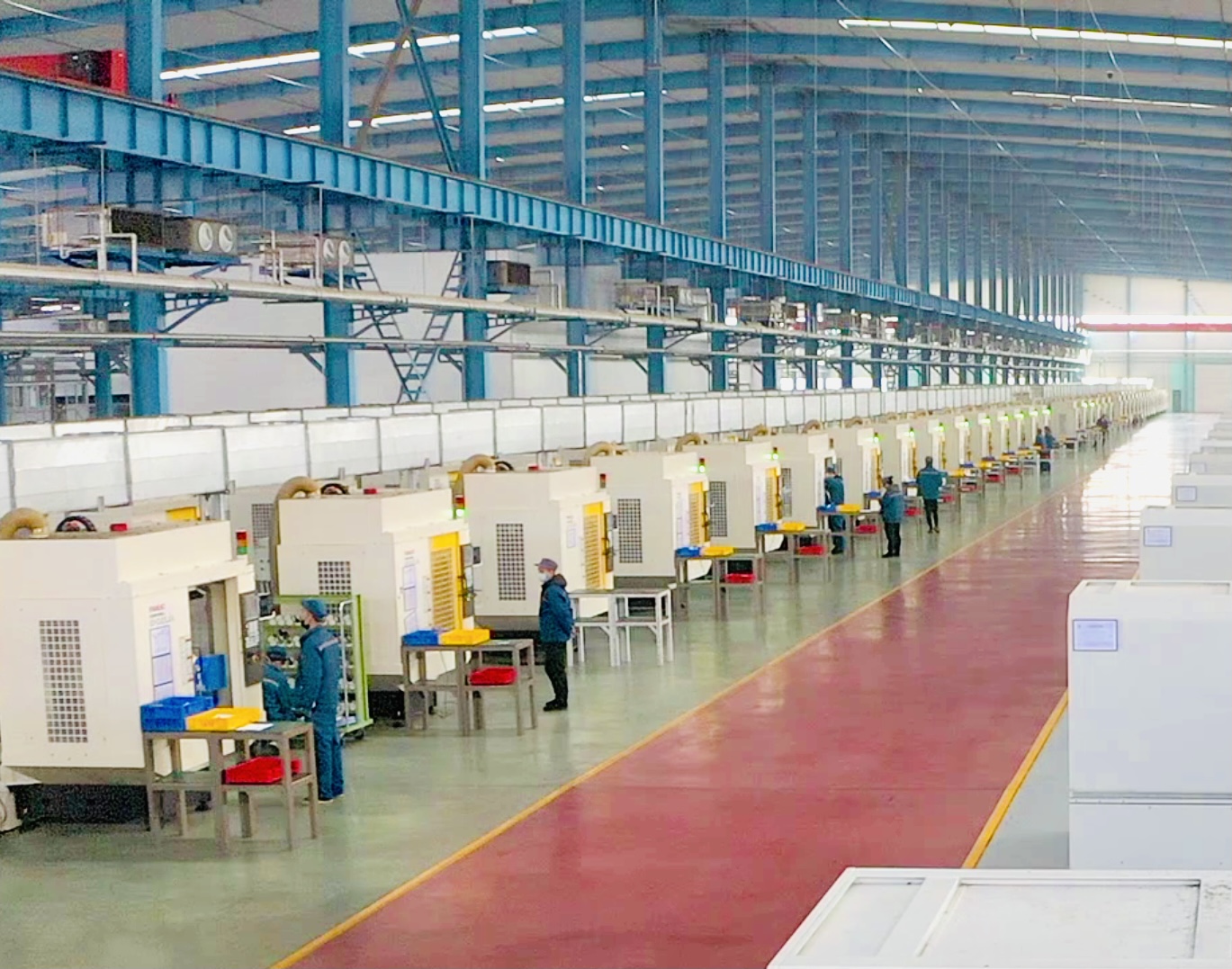
Max. stroke: 700mm
Positioning accuracy: 0.006 mm
Max. revolutions: 24,000 rpm
Max. feed speed: 45 m/min
Our large precision machining facilities can undertake batch production and experimental production for universities and colleges
Welcome to consult with our customers!
Contact: Mr. Peng
Tel.: 86-13819983673
×